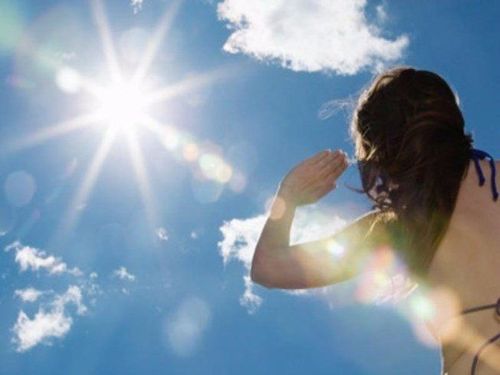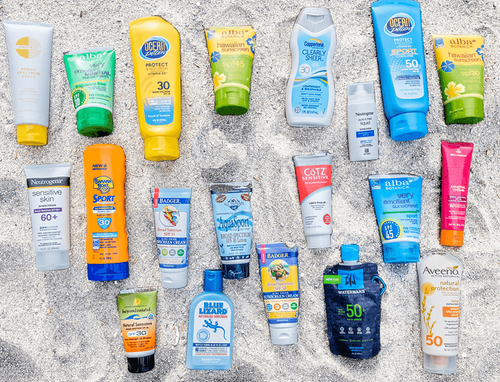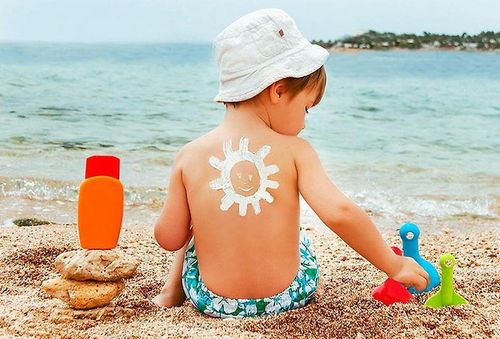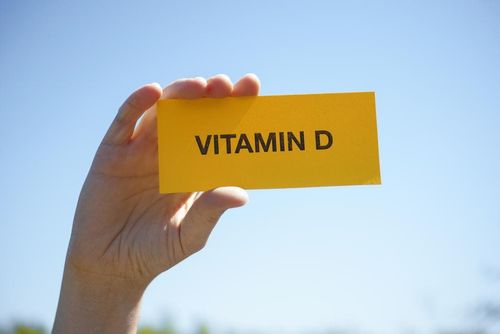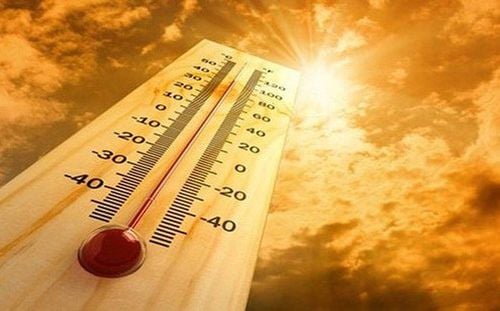This is an automatically translated article.
The article was professionally consulted by Specialist Doctor I Le Thi Thu Hang - Dermatologist - Department of Medical Examination & Internal Medicine, Vinmec Hai Phong International General HospitalThere are different types of rays present in sunlight. The rays that do the most damage to our skin are called ultraviolet (UV) rays. There are two basic types of ultraviolet rays that reach the earth's surface, UVB and UVA.
1. What are UVA rays?
UVA rays, also known as long-wavelength light rays, account for about 95% of the UV rays that reach the skin. While both UVA and UVB are harmful to the skin, UVA rays pose more of a threat because most of them reach the ground. This type of rays appears throughout the day, all year round, regardless of whether it is cloudy or sunny. If you see daylight at any time, UVA rays are present.UVA light has wavelengths from 320 nm to 400 nm. There are two types of UVA rays: UVA1 and UVA2. UVA1 light is in the 340 FPV400nm range. UVA2 light is in the 320–340 nm range.
These wavelength differences are important because each sunscreen product usually has a different number of active ingredients, protecting the skin against different wavelength spectrums. But some activators (like zinc oxide and depending on how it's formulated, titanium dioxide) provide protection across the entire UVA spectrum. Regardless of the combination of active ingredients, if a sunscreen is labeled broad spectrum then it has been tested and proven to protect against a whole range of different types of UVA rays.
2. What are UVB rays?
UVB light has wavelengths from 290nm to 320nm, a much smaller range than UVA light. Although not penetrating the skin like UVA rays, UVB rays are very powerful. It is directly related to sunburn and other visible changes to the skin's surface, including discoloration. UVB radiation also plays a role in skin cancer.Just like UVA light, UVB light is also present year-round, but UVB is more common in sunny climates than in less sunny climates. UVB light (and UVA light) is reflected from sand, water, and snow (80% of UVB rays reflect from snow).
UVB damage depends on altitude. The higher up you are, the more likely you are to cause harm, which is why skiers and mountaineers need sunscreen. The same is true for UVA light, with the difference that UVB intensity is higher when it is at its strongest.
The SPF of a sunscreen is related to protection from UVB rays. To ensure adequate protection from UVA as well as from UVB, look for sunscreens with broad spectrum labels, which means they have been tested and licensed.
3. The difference between UVA and UVB rays
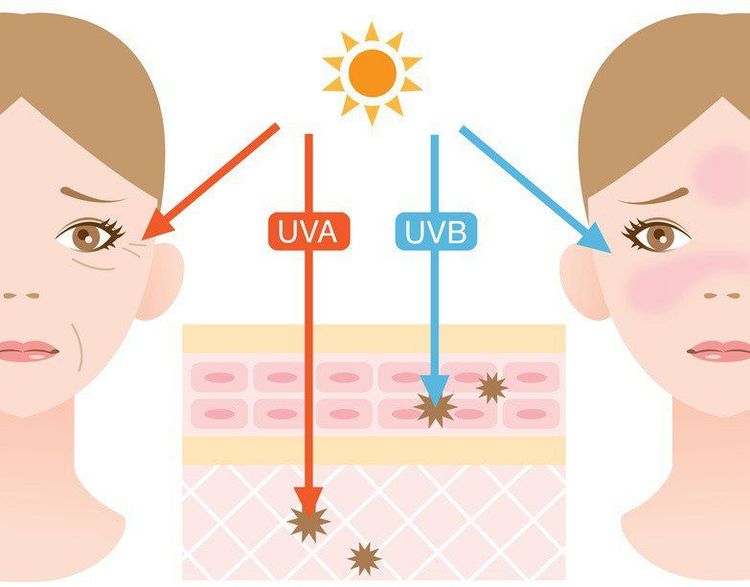
4. How to protect skin from UV rays?
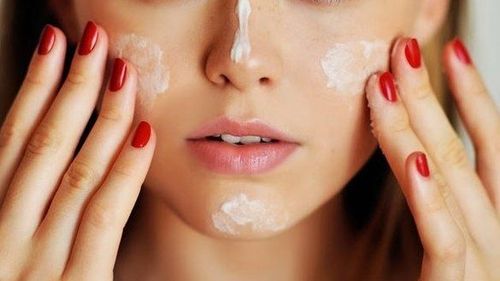
Please dial HOTLINE for more information or register for an appointment HERE. Download MyVinmec app to make appointments faster and to manage your bookings easily.





